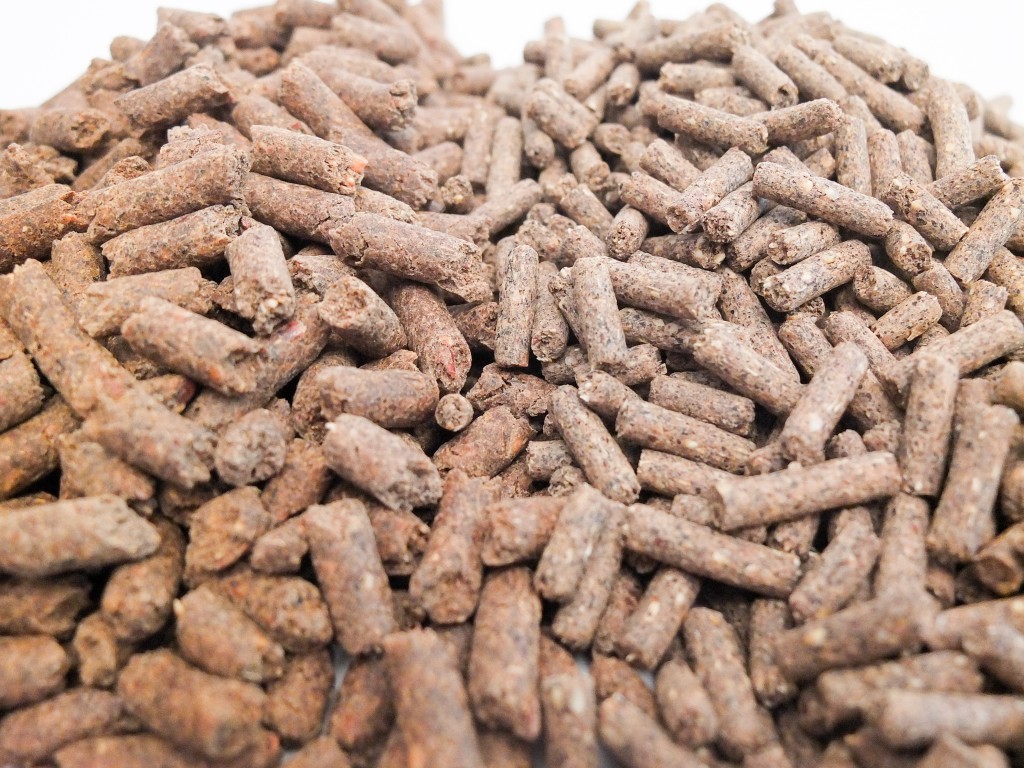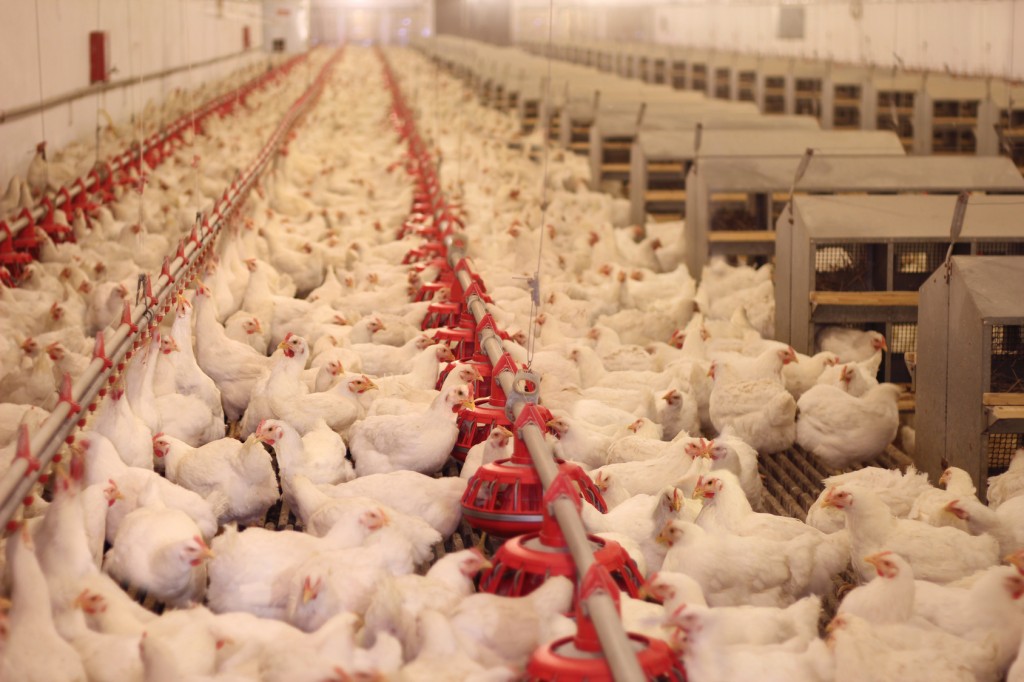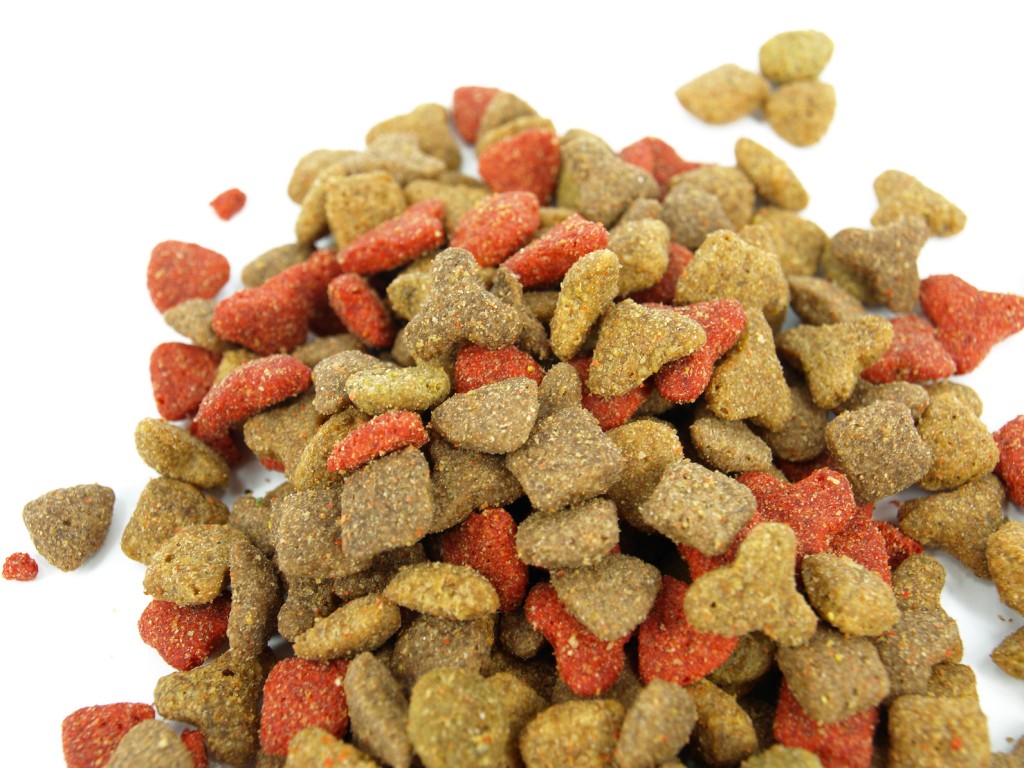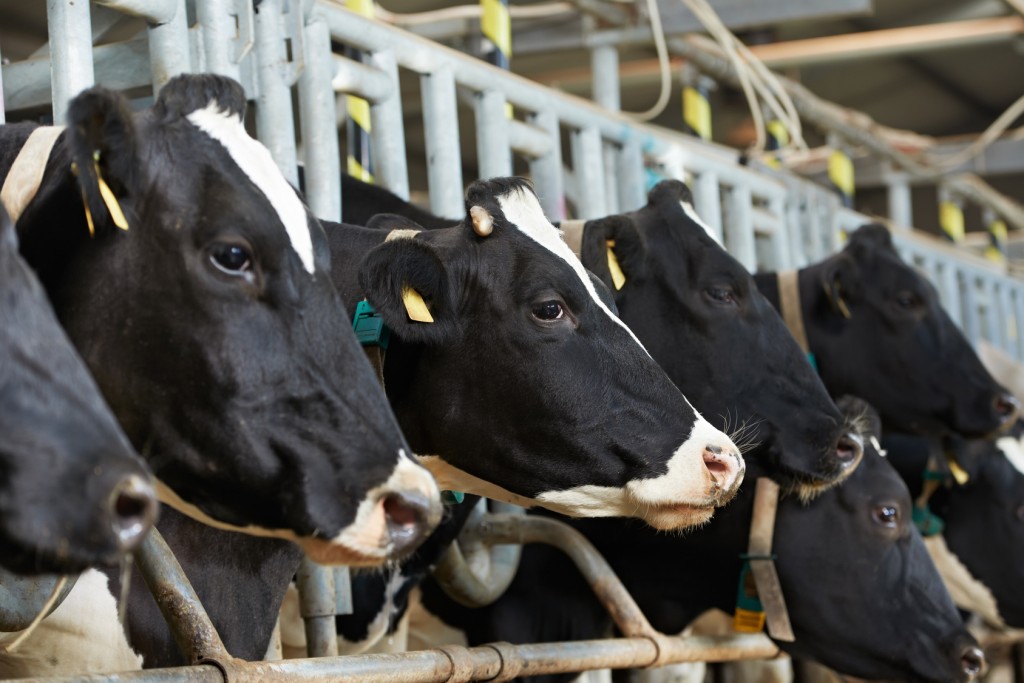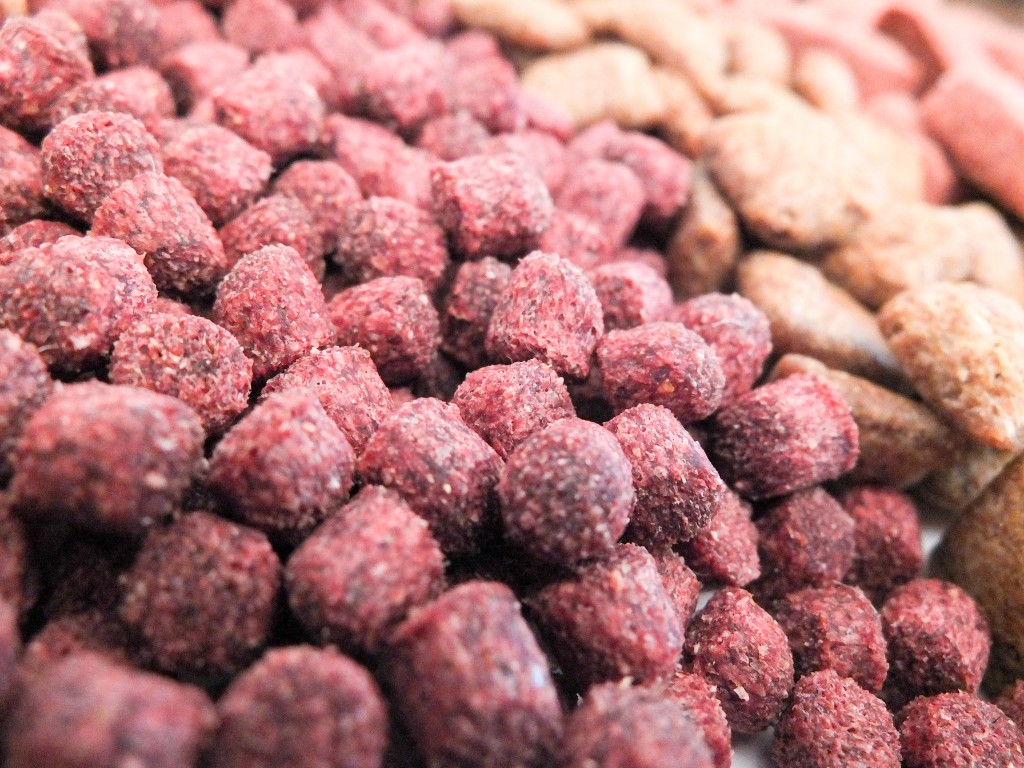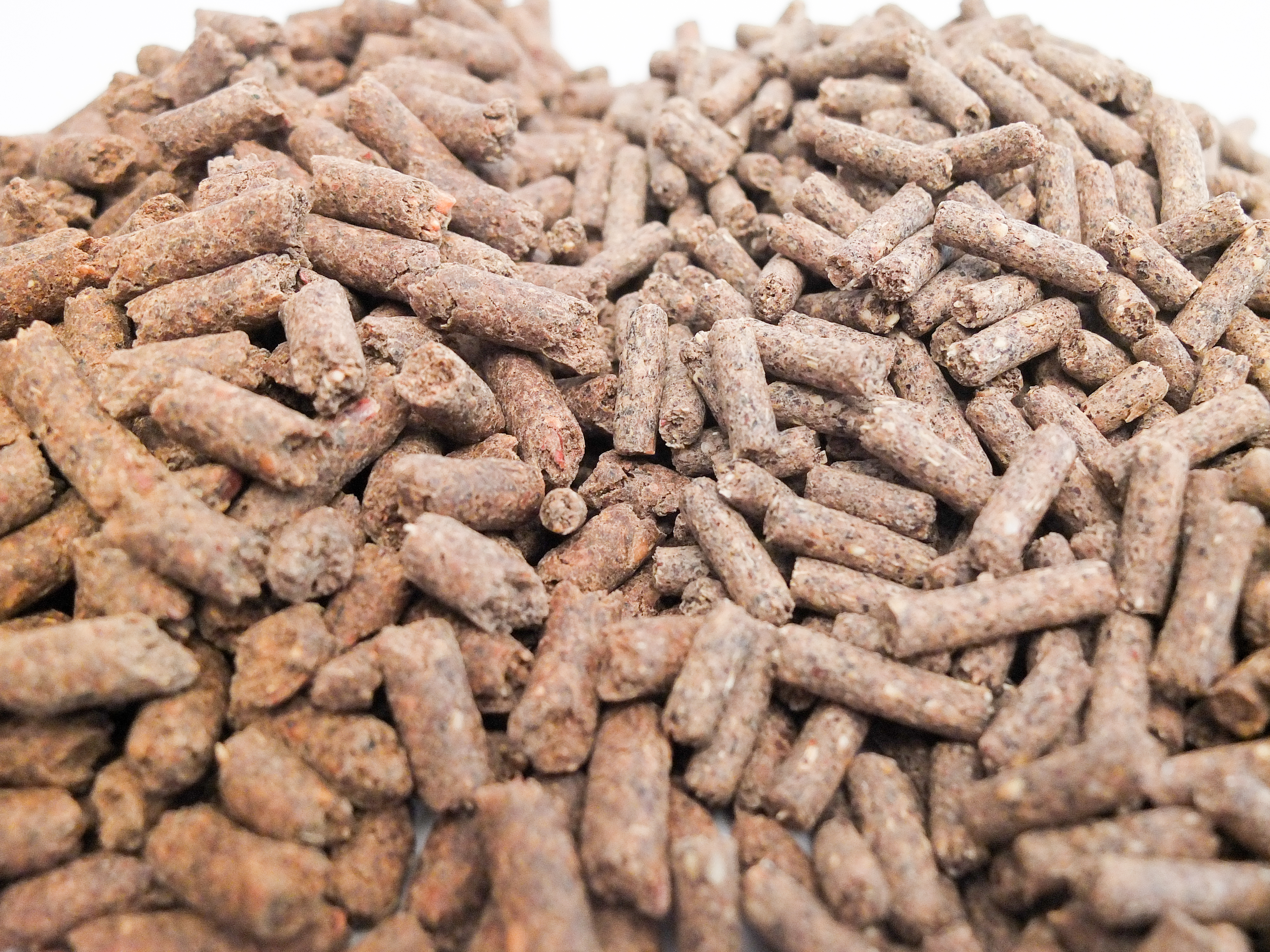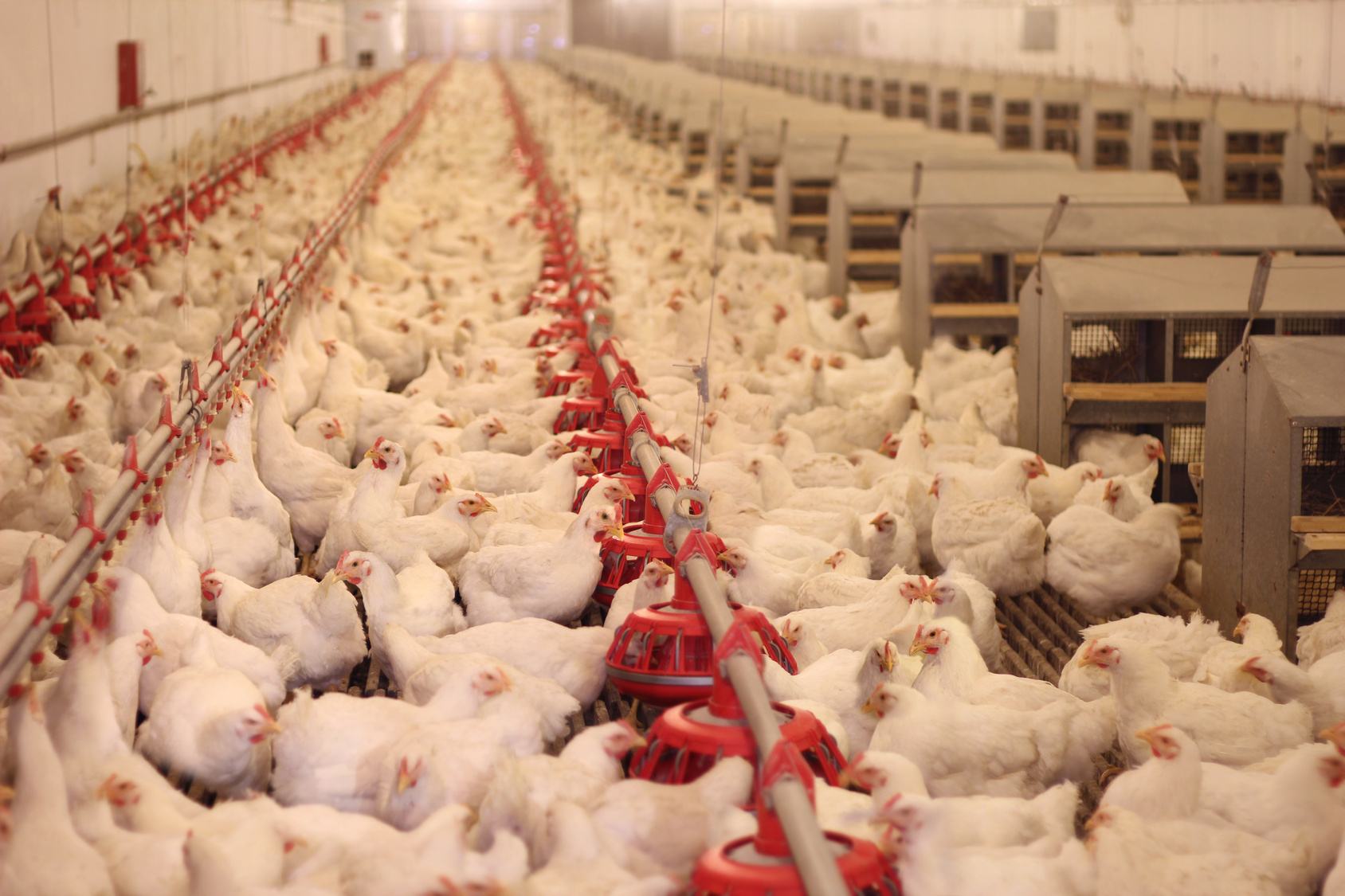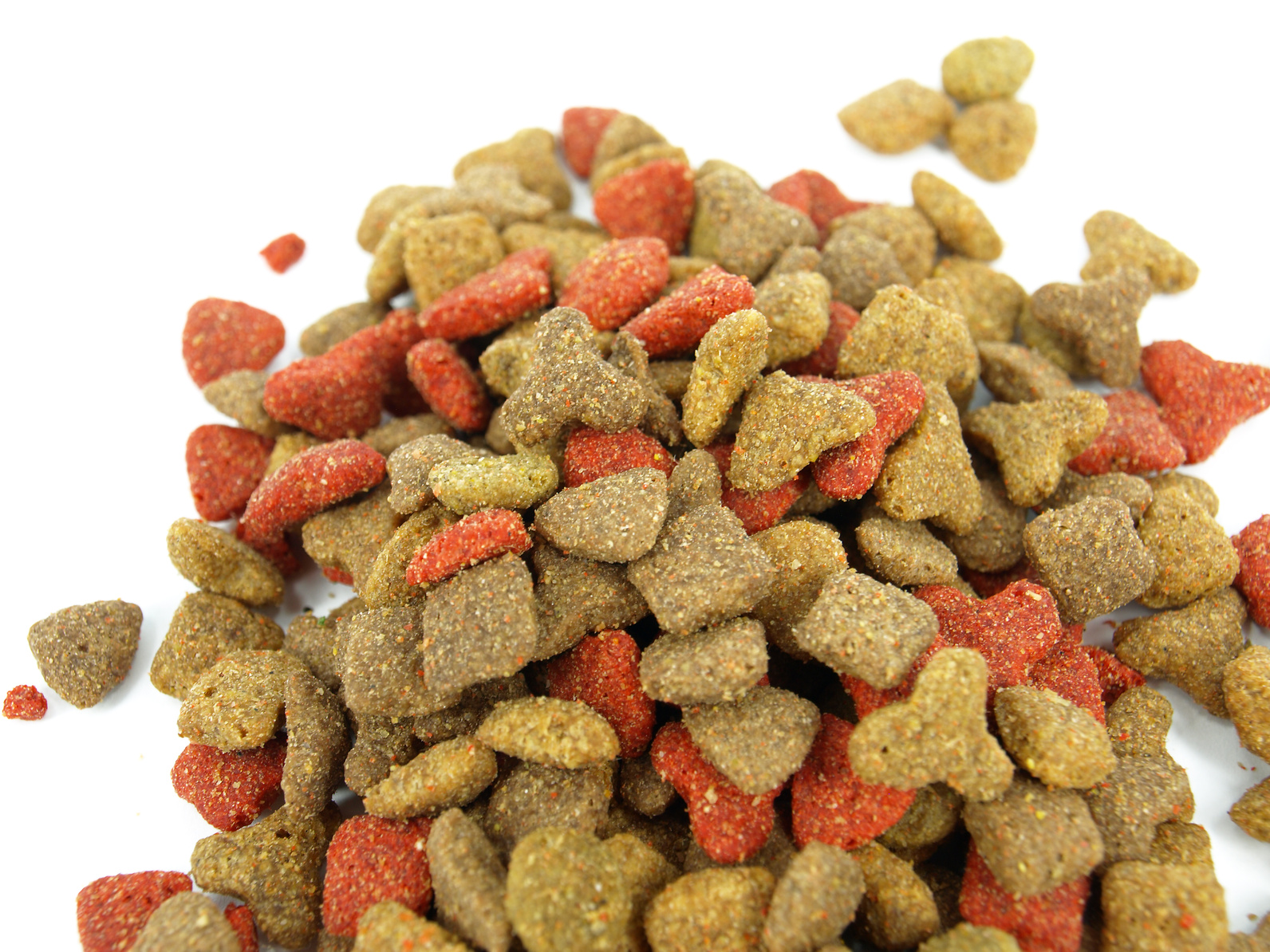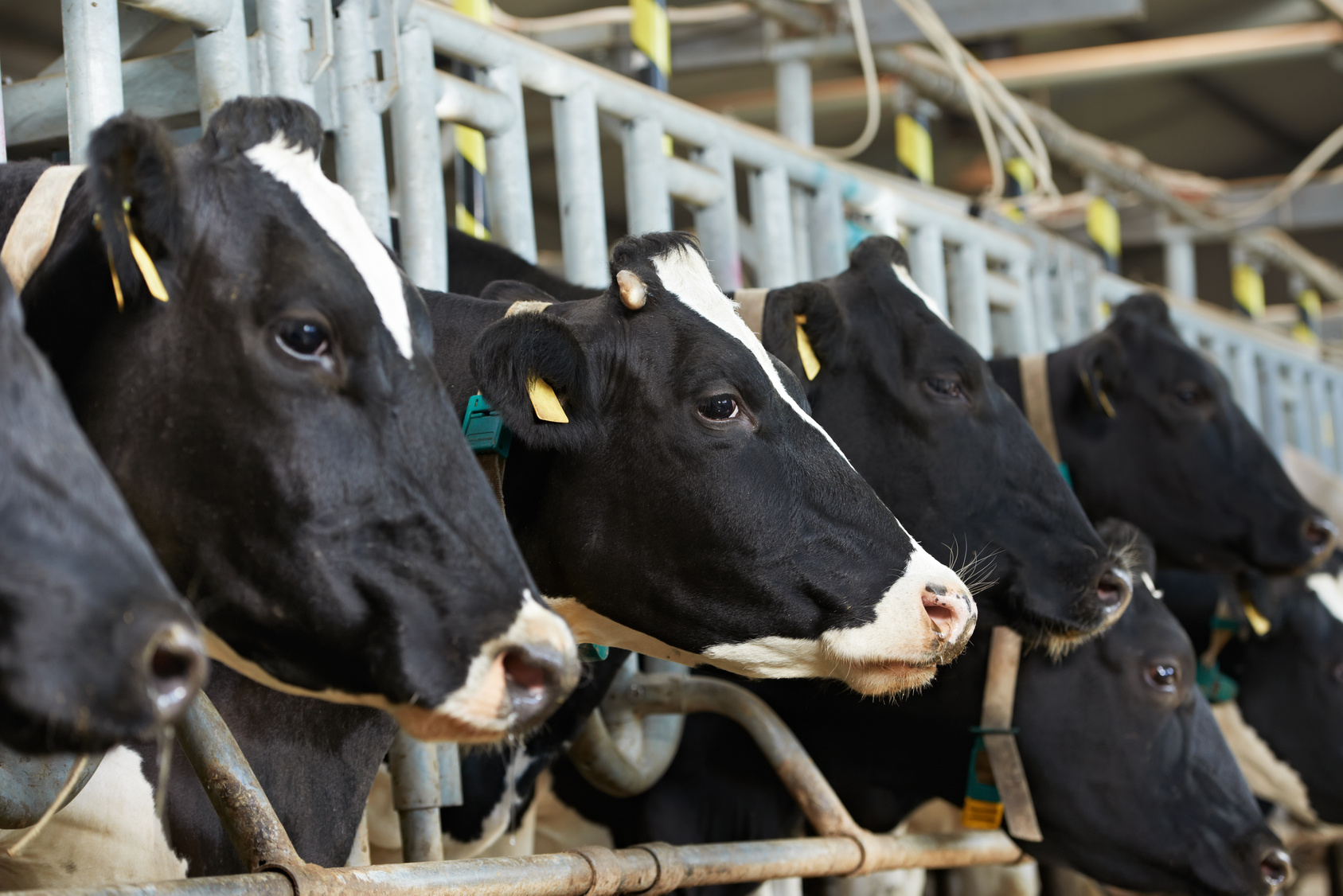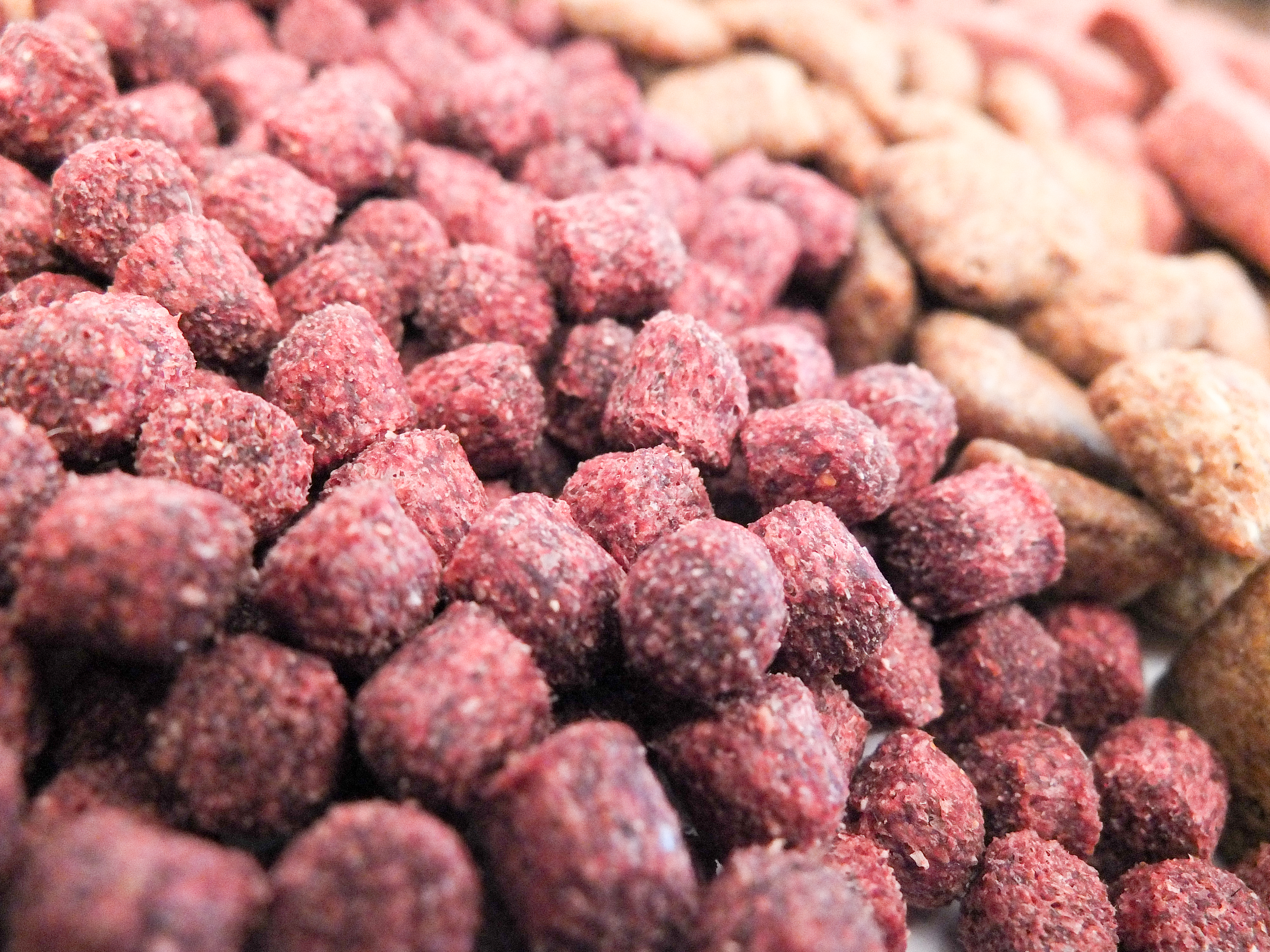Extruders : peerless tools for animal feed production
Livestock farming techniques have changed over time and now require greater precision. Today, intensive farming must meet new demands from consumers, especially where the nutritional value of the products is concerned.
New types of crop can be used to enhance digestibility and eliminate their toxic or anti-nutritional factors before they are incorporated into the formula.
Virtually instantaneous heat treatment of HT-ST (High Temperature – Short Time) type specifically used in extrusion allows products to be stored for several months with no deterioration.
Although the initial application of extrusion to animal feedstuffs targeted pet food and aquaculture, extruders have gradually begun to appear on the market with modular, robust and flexible designs that make them more economically advantageous.
Such extruders have in fact been used in the heat treatment of oilseeds as has been confirmed by Dr Legoy in the past : “ The technology used can destroy germs contaminating the oilseeds and remove certain anti-nutritional (antitrypsic factors in whole soya beans, rapeseed glucosinolates) and enzymatic factors (lipases and lipoxidases involved in the oxidation of oils for example). Added to this is the destruction of cell walls, which enhances the digestibility of the energy contained in the product (oils, gelatinised starches) and heat treatment of the proteins leading to protein insolubilisation, especially in feed for ruminants. ”
Extrusion applications for animal feed are diverse. The internal configuration of an extruder is easily adapted to suit a wide range of types of operation.
Some examples:
- The processing of whole soya beans for incorporation of significant percentages in pig and poultry feed,
- The manufacture of highly effective feedstuffs and supplements for high-production ruminants,
- The production of special feedstuffs (pet foods, shrimp feed, floating or controlled-descent sinking feed),
- The stabilisation of by-products (low-grade rice flour, dressing and filleting waste, etc.).
